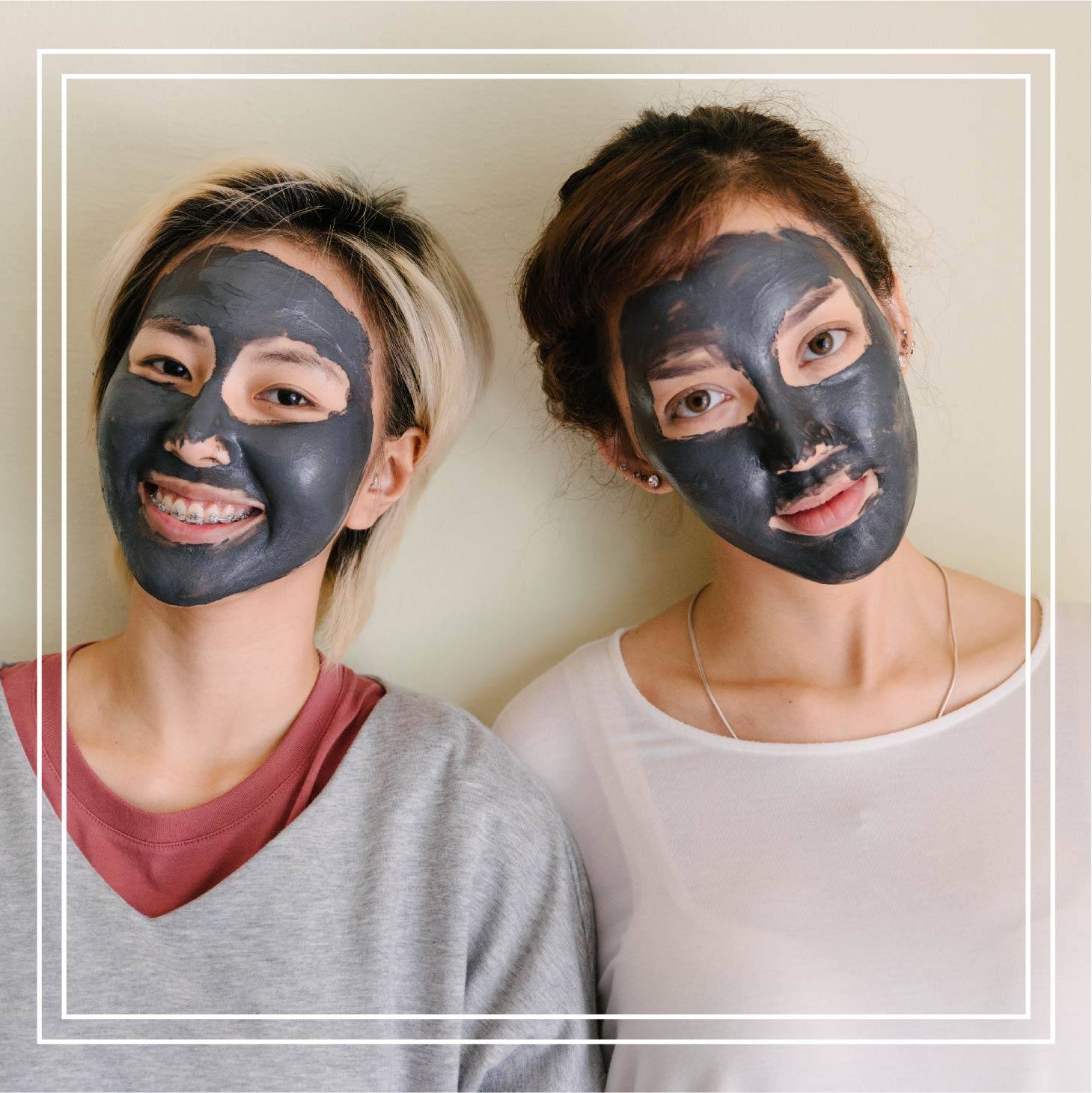Read the ingredient list on some of your favorite products and you’re about to find clay in many of them. From white kaolin clay to bentonite clay and beyond, each serves a different purpose for your face and body. Today we’re highlighting three common clays found in Korean skincare. We’ll discuss their different properties, specify what types of skin types each is best for, and then hand you some product recommendations.
Kaolin Clay
Kaolin clay is an incredibly fine, white, powdery clay that’s been used in skincare for many years. Interestingly, it’s the same one that’s used to create porcelain, and it’s found in all kinds of beauty products ranging from deodorant to face masks. It’s a highly absorbing but moisturizing clay that’s very gentle on the skin, making it ideal for sensitive, inflamed, dry and acne-prone skin types.
RE:P Bio Fresh Mask With Real Calming Herb utilizes kaolin clay as a primary ingredient, along with crushed calendula and chamomile. Together, these ingredients help soothe irritated, red skin while gently exfoliating and drawing out impurities. The other RE:P products also contain kaolin clay.
Bentonite
While kaolin is hyper-gentle, earth-toned bentonite is considered a more aggressive type of clay. There are two primary types: sodium bentonite and calcium bentonite. Both have very similar properties, but calcium bentonite particles are smaller.
Bentonite is most revered for its detoxifying abilities. It’ll suck the goo right out of your pores to help tighten, tone and improve overall texture. For that reason, it’s ideal for oily skin types as a once-weekly detoxifying treatment for your skin. It can also be drying, so it’s important to follow up treatments with your regular moisturizing routine. Try Troiareuke Acsen Pore Control Mask, a green mask that’s also formulated with eoseongcho and walnut shell powder.
Colloidal Clay
The definition of colloid is a mixture where one substance is microscopically dispersed, and suspended, throughout another substance. Milk is a good example of this: it’s butterfat particles suspended evenly throughout water. Colloidal clay, then, is when a type of clay is dispersed in a liquid, which usually results in a gel-like consistency. This one is typically highly moisturizing, while also detoxifying.
Though the colloidal clay is sourced from Canada, Korean brand Neogen has utilized this ingredient in its Canadian Clay Pore Cleanser. It combines glacial marine oil and Canadian colloidal clay—rich in iron, magnesium, potassium and calcium—to helps nix sebum and blackheads, remove makeup, and brighten your skin while nourishing. We recommend this product for combination and oily skin types, and for those who want to minimize pore size and give blackheads the boot (read the full review of Neogen’s Canadian Clay Pore Cleanser here). Colloidal clay, in general, gives you the best of both worlds by sucking out excess goo and moisturizing at the same time to help purify and balance skin.
